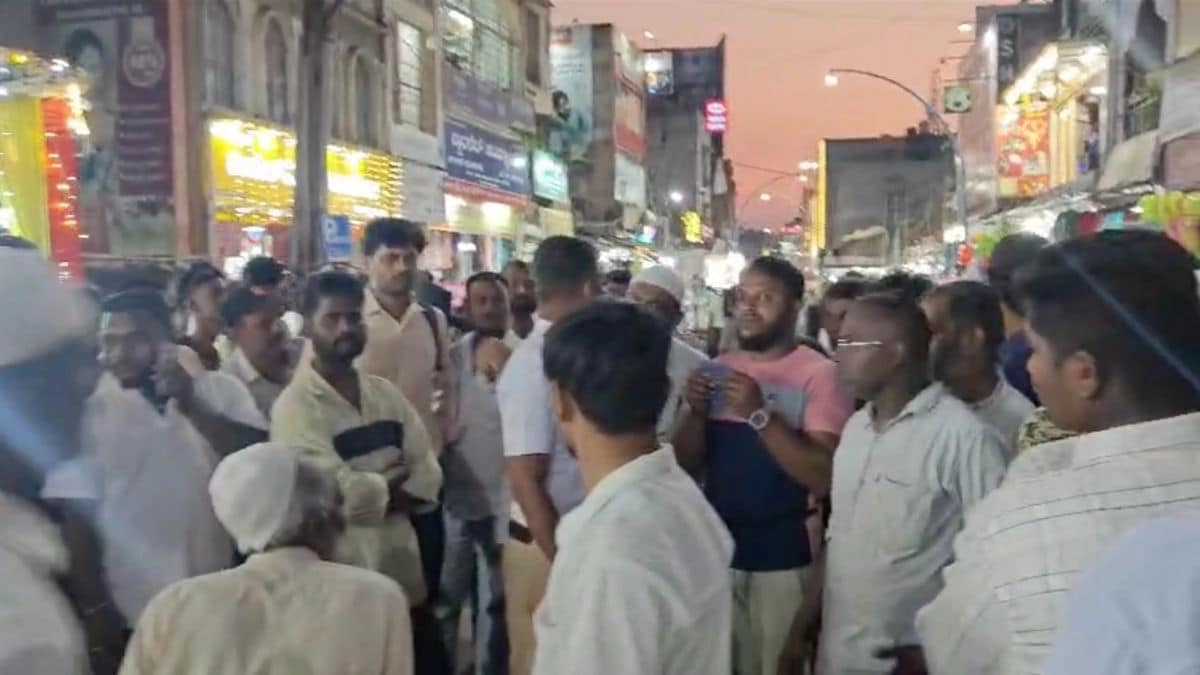The recent photograph of Tamil Nadu Chief Minister MK Stalin alongside Congress leader Rahul Gandhi and RJD leader Tejashwi Yadav has ignited a political firestorm, particularly sparking a face-off between the Dravida Munnetra Kazhagam (DMK) and the Bharatiya Janata Party (BJP). This image symbolizes a significant moment in the evolving landscape of Indian politics, where regional parties and national players are increasingly aligning against the BJP’s dominant narrative. The meeting of these leaders is not just a casual gathering; it represents a strategic coalition aimed at countering the BJP’s influence across various states, particularly in the context of the upcoming elections.
The BJP has been quick to capitalize on this photo, framing it as evidence of a so-called “anti-BJP front” that is desperate to unite against a common adversary. This narrative is particularly resonant in the political discourse of the moment, as the BJP seeks to consolidate its base and fend off challenges from opposition parties. Critics within the BJP have labeled the alliance as opportunistic, arguing that it is a coalition formed out of necessity rather than ideological alignment. They contend that the differences in governance, policy, and regional interests between these parties may complicate their ability to function cohesively as a united front against the BJP.
On the other hand, the DMK and its allies are framing this photograph as a symbol of unity among opposition forces, emphasizing the need for collaboration to protect democratic values and challenge the BJP’s policies, which they perceive as divisive. Leaders like Stalin and Yadav are advocating for a broader coalition that transcends state boundaries, aiming to unify various regional parties to present a formidable challenge to the BJP in the forthcoming elections. This coalition-building effort reflects a growing recognition among opposition parties that they must present a united front to counter the BJP’s electoral machinery effectively.
As the political landscape evolves, the implications of this photograph extend beyond mere optics. It signals a potential shift in alliances and strategies among opposition parties, which may influence voter sentiments in the lead-up to the elections. The BJP’s attempts to frame this alliance as a sign of weakness among the opposition could backfire if voters perceive it as an authentic effort to challenge the ruling party’s dominance. Ultimately, the ramifications of this political encounter will unfold as parties prepare for the upcoming electoral battles, with each side striving to assert its narrative and sway public opinion in its favor.




